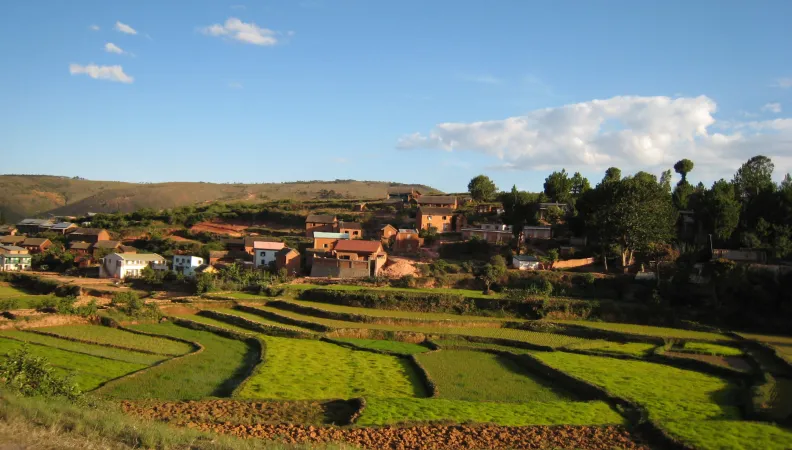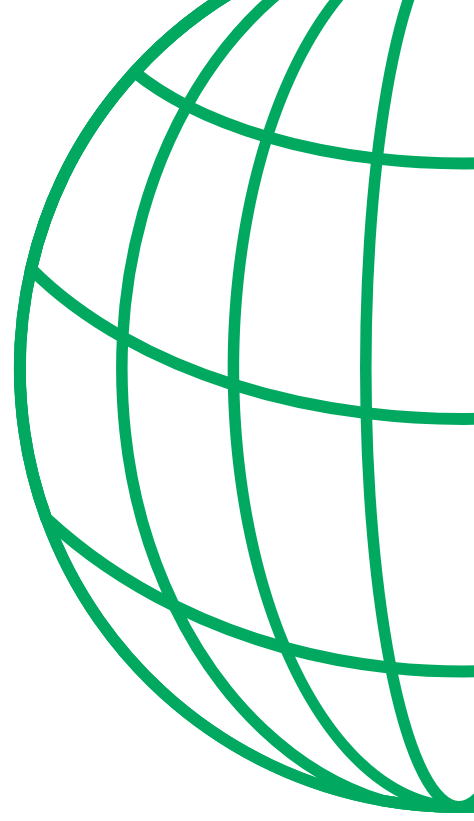Share the page
Supporting the ecological and energy transition in the Malagasy highlands (TOTEM)
Project


-
Project start date
-
Status
In progress
-
Estimated date of project termination
-
-
Project financing date
-
-
Financing duration
-
4 years
-
Type of program
-
FFEM
-
Global financing amount
-
3200000 €
-
FFEM financing amount
-
1600000 €
-
Project lead member institution(s)
-
Ministry of the Ecological Transition, Biodiversity, Forests, Sea and Fisheries
-
Country and region
-
Madagascar
-
Location
-
Madagascar
-
Type of financing
-
Grant
-
Partners
-
AFD
-
Beneficiaries
-
GRET
-
Type of beneficiary
-
NGO, Foundation
Based on a unifying operational entry point (hydroelectric generation and distribution), the TOTEM project (Terri-tOires en Transition Ecologique in Madagascar) led by the FFEM is the continuity of the RHYviere 2 project, which thanks to the structuring and strengthening of territorial governance, will support the ecolog-ical and energy transition of two rural territories (Sahatona-Vohiposa-Camp Robin-Ambatosao- Fiadanana) and (Ivony in the Amoron'i Mania region).
Context
Madagascar is a low-income country whose national economy depends mainly on sectors based on natural resources. The rate of access to electricity is one of the lowest in Africa, 5% in rural areas, despite renewable energy resources (hydroelectricity, solar).
The project takes place against a backdrop of land degradation, increasing interrelation and competition between uses, pres-sure on «commons» (rivers and key areas of watersheds in particular) and lack of essential basic services. Its central challenge is to initiate a transition towards sustainable management and endogenous economic development of the territories.
Description
The project's main expected impacts concernare on the sustainable management of commons (water, energy, watershed) within a framework of shared governance, development of electricity services progress in agro-ecological practices and progress in the protection of critical natural resources in watersheds.The intervention logic is characterized by the co-construction of a shared knowledge base, and a framework for dialogue and shared governance between stakeholders at multiple scales and themes (energy, water, watershed).
Connections between levels of governance are gradually developed. Concrete actions become a source of experience that feeds a reflexive analysis and dialogue (i) at local, regional and national level, and (ii) and that enables new actions to be planned and sustainable financing mechanisms to be validated.
Impacts
- Advance the ecological and energy transition and governance framework, initiated under the previous RHYviere 2 pro-ject.
- Optimize, expand and validate the approach taking into account lessons learned.
- Create the conditions to strengthen territorial governance.
- Operationalize the ecological transition through demonstration activities.
- Initiate a collective learning process (Sharing and Capitalization).
Exemplary and innovative characteristic
By putting territorial governance and citizen participation at the heart of the project, it is driving sustainable changes in behaviour and modes of intervention of populations and economic actors, with three particularly exemplary and innovative components:
- Promoting a commons-based approach, on a territorial scale Setting up a system of citizen governance of the electricity generated by a mini-hydro network
- Operationalizing the payment for Environmental Services Mechanism (PES) aimed at sustainable financing of these services.


